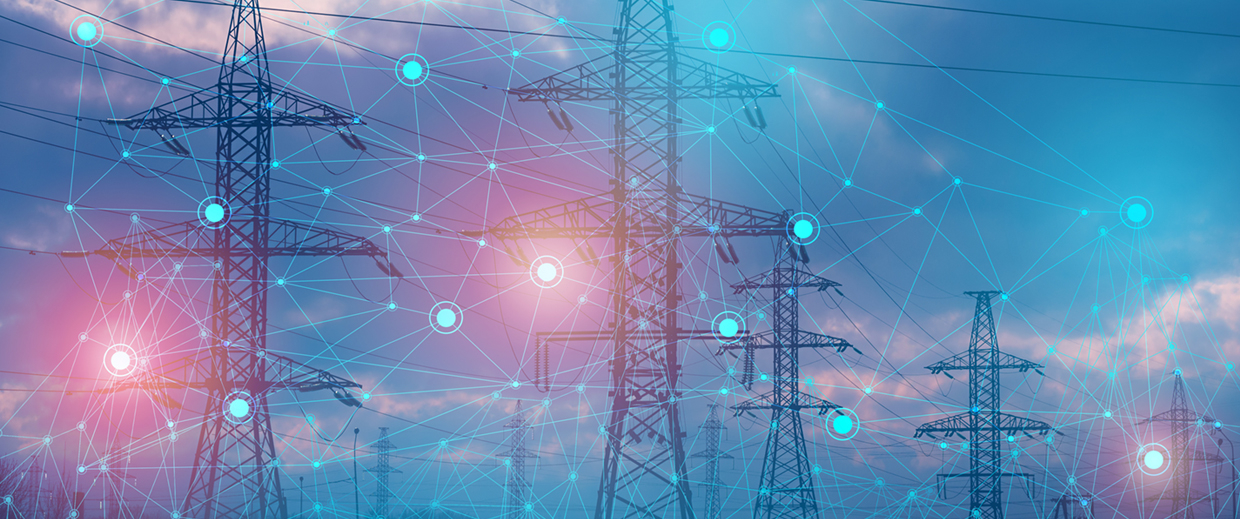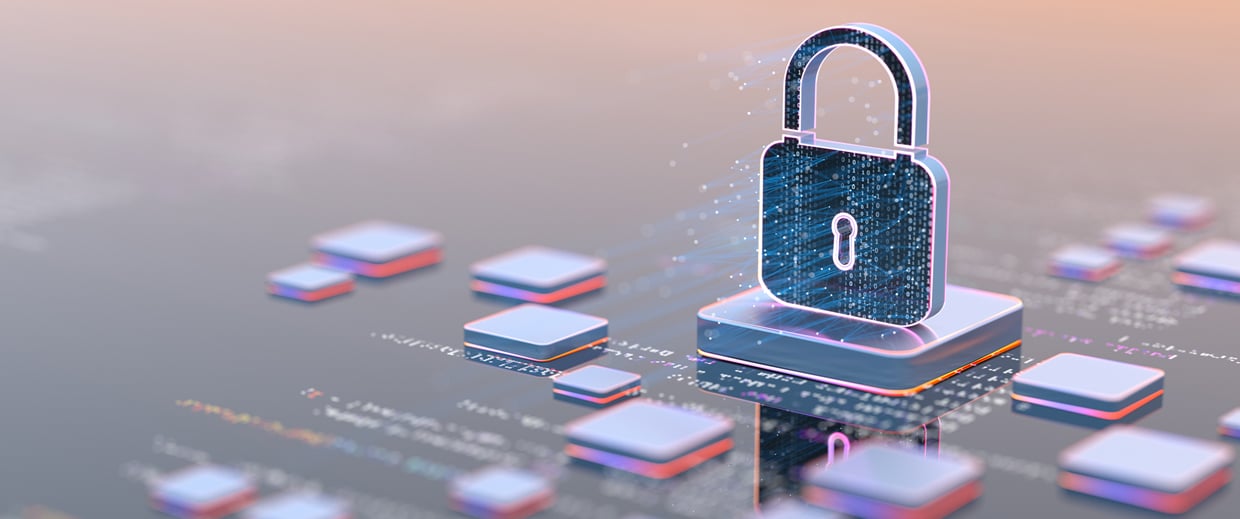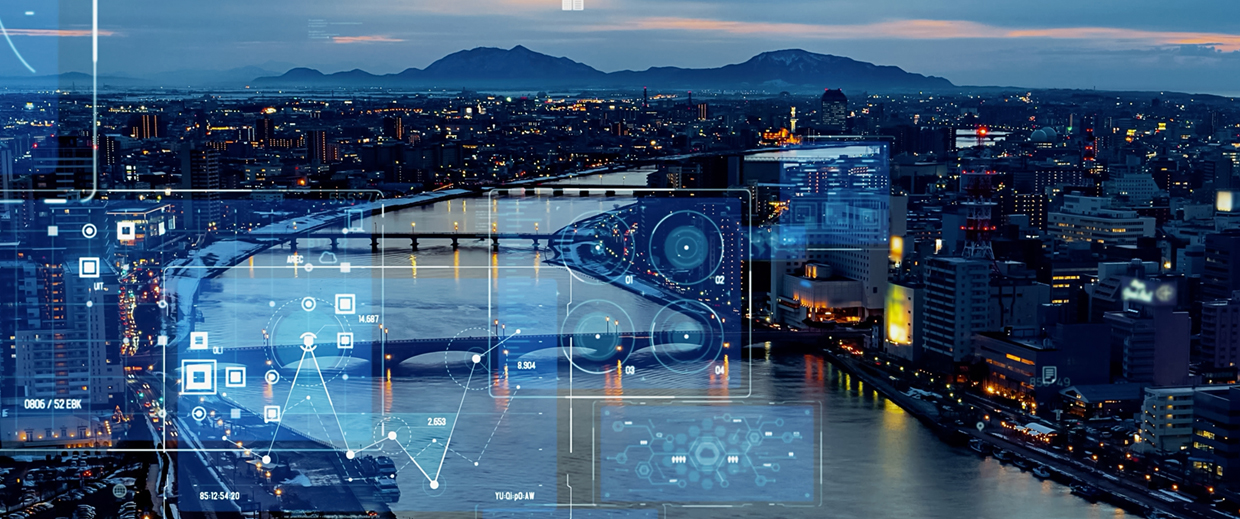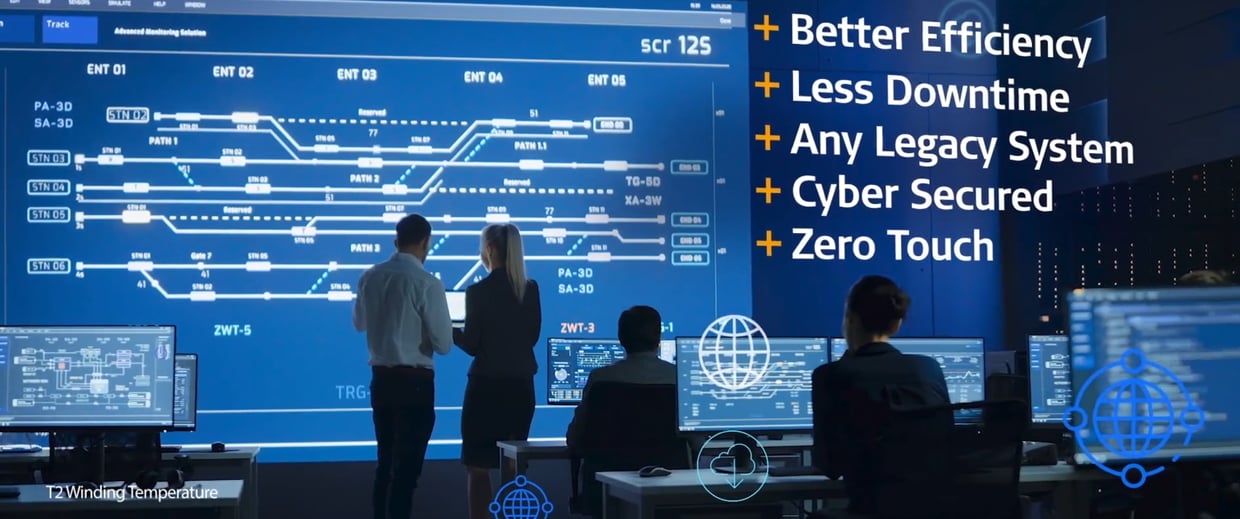Build connected, resilient smart city communication networks with RAD's WAN and asset monitoring technologies, ensuring efficient urban communications. Comprehensive communications solution for CCTV cameras, WiFi access points, sensors, payment kiosks, and more
Government
Fast and secure communications for safe city, first responders and defense forces
RAD offers secure networking solutions for Smart Cities, government organizations, and more, delivering TETRA, real-time, video surveillance and wireless mobility applications.
Ensuring always-on reliability and mission-critical protection, RAD helps government organization deploy secure IoT and operational networks, as well as smoothly migrate to next-gen to communications technologies.






